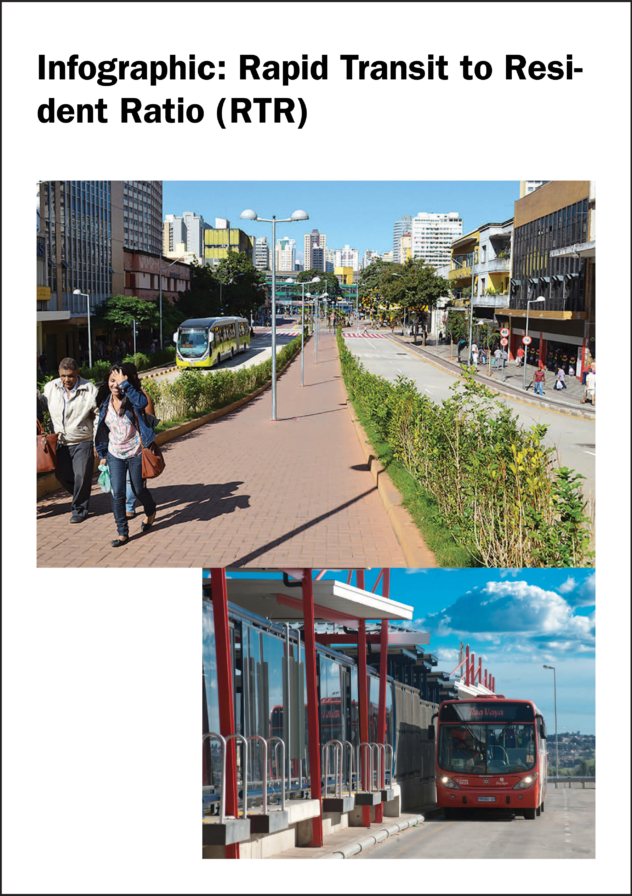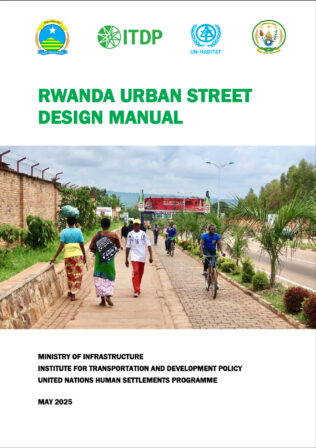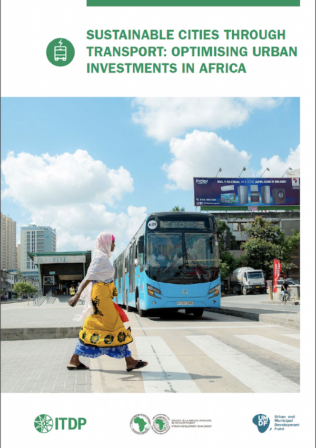Infographic: Rapid Transit to Resident Ratio (RTR)
The Rapid Transit to Resident Ratio (RTR) is a small statistic with a lot of information. The metric compares a country’s urban population (cities with more than 500,000 people) with the length of rapid transit lines (including rail, metro, and BRT) that serve them. This metric offers a snapshot of the access, equity, and quality of life that come with increased transport options and that allow countries to track progress over time.
Many factors influence RTR. A dense city may require less transit length to provide the same level of access as a more sprawling city with the same population. Because of this, RTR is perhaps most useful for comparing transit growth over time. As populations grow, transit investment must at least keep pace with that growth and must increase faster than population growth in order to improve the ability of people to move around cities.
This map presents a baseline for countries to gauge their transit growth in the coming years. Across a diverse range of financing and development levels, countries can all make smart investments in their infrastructure, and in turn, an investment in their people.
Many factors influence RTR. A dense city may require less transit length to provide the same level of access as a more sprawling city with the same population. Because of this, RTR is perhaps most useful for comparing transit growth over time. As populations grow, transit investment must at least keep pace with that growth and must increase faster than population growth in order to improve the ability of people to move around cities.
This map presents a baseline for countries to gauge their transit growth in the coming years. Across a diverse range of financing and development levels, countries can all make smart investments in their infrastructure, and in turn, an investment in their people.




